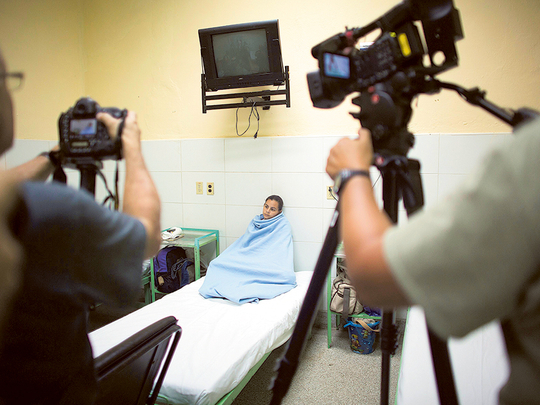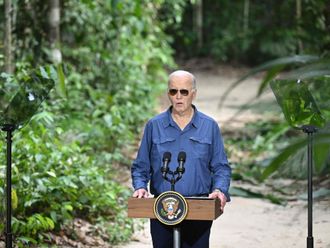
Washington: Cuba on Tuesday became the first country in the world to eliminate mother-to-child transmission of HIV and syphilis, the World Health Organisation said.
“Eliminating transmission of a virus is one of the greatest public health achievements possible,” said WHO Director-General Margaret Chan.
“This is a major victory in our long fight against HIV and sexually transmitted infections, and an important step towards having an Aids-free generation.”
Universal health coverage, improved access to tests and increased attention to maternal care were credited with the success, defined by health authorities as fewer than 50 cases of mother-to-child transmission of syphilis or HIV per 100,000 live births.
A small number of cases are allowed to persist, despite the certification, because antiretroviral treatment to prevent mother-to-child-transmission of HIV is not 100 per cent effective.
Rather, WHO and the Pan American Health Organisation (PAHO) define the milestone as “a reduction of transmission to such a low level that it no longer constitutes a public health problem.”
Health authorities have been working in Cuba since 2010 to “ensure early access to prenatal care, HIV and syphilis testing for both pregnant women and their partners, treatment for women who test positive and their babies, caesarean deliveries and substitution of breastfeeding,” said a WHO statement.
“Cuba’s success demonstrates that universal access and universal health coverage are feasible and indeed are the key to success, even against challenges as daunting as HIV,” said PAHO Director Carissa Etienne.
“Cuba’s achievement today provides inspiration for other countries to advance towards elimination of mother-to-child transmission of HIV and syphilis.”
Each year, 1.4 million women living with HIV around the world become pregnant.
Left untreated, they have a 15 to 45 per cent chance of passing the virus to their children during pregnancy, labour, delivery or breastfeeding.
But the risk of transmission is just over one per cent if antiretroviral medicines are given to both mothers and children.
The number children born annually with HIV was 400,000 in 2009.
By 2013, the number was down to 240,000 in 2013.
But intense effort is needed to meet the global target of less than 40,000 new child infections per year by 2015, health authorities say.
“It shows that ending the Aids epidemic is possible and we expect Cuba to be the first of many countries coming forward to seek validation that they have ended their epidemics among children,” said Michel Sidibe, executive director of the United Nations Aids agency.












